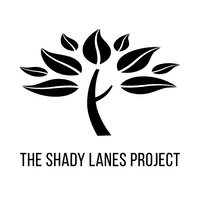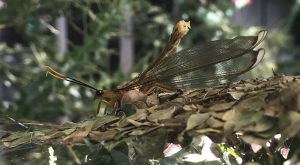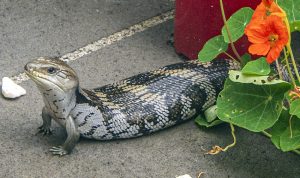Our native wildlife is increasingly dependent on urban areas for food and habitat as land is cleared to build homes for people. We can share the space better.
Native verge gardens as understories to street trees are the start
Planting in this incidental greenspace provides many opportunities for everyone to connect with nature as part of their daily life and to become more familiar with our local plants.
The green richly-planted streets provide links between larger areas of habitat like parks and creeks.
Although the multiple purposes of the street verges limits the types of habitat they provide, they can connect with other initiatives like gardens for wildlife, community gardens and micro-forests to provide more generous pools of habitat along the way.
Gardens for Wildlife programs sponsored by state and local governments support resident volunteers who want to grow more wildlife-friendly gardens by providing local knowledge and networking.
Although many state governments and councils assist land owners with large areas of habitat in rural and semi-rural areas, suburban gardens have been ignored as being too small to be worth the investment. Yet like our verges they add up to significant greenspace.
Microforests in pockets of neglected urban land make great community projects and can be government funded, sponsored, or crowd-funded.
Community gardens increase sustainability with locally produced food, compost hubs, and communal learning. They provide some habitat especially if they avoid pesticides and herbicides but their primary function is food. (see more here)
There are some important differences between all these models and they serve different purposes and require different resources.
Just like the natural areas they nurture, these different initiatives intersect to produce more opportunities and collaborations.


